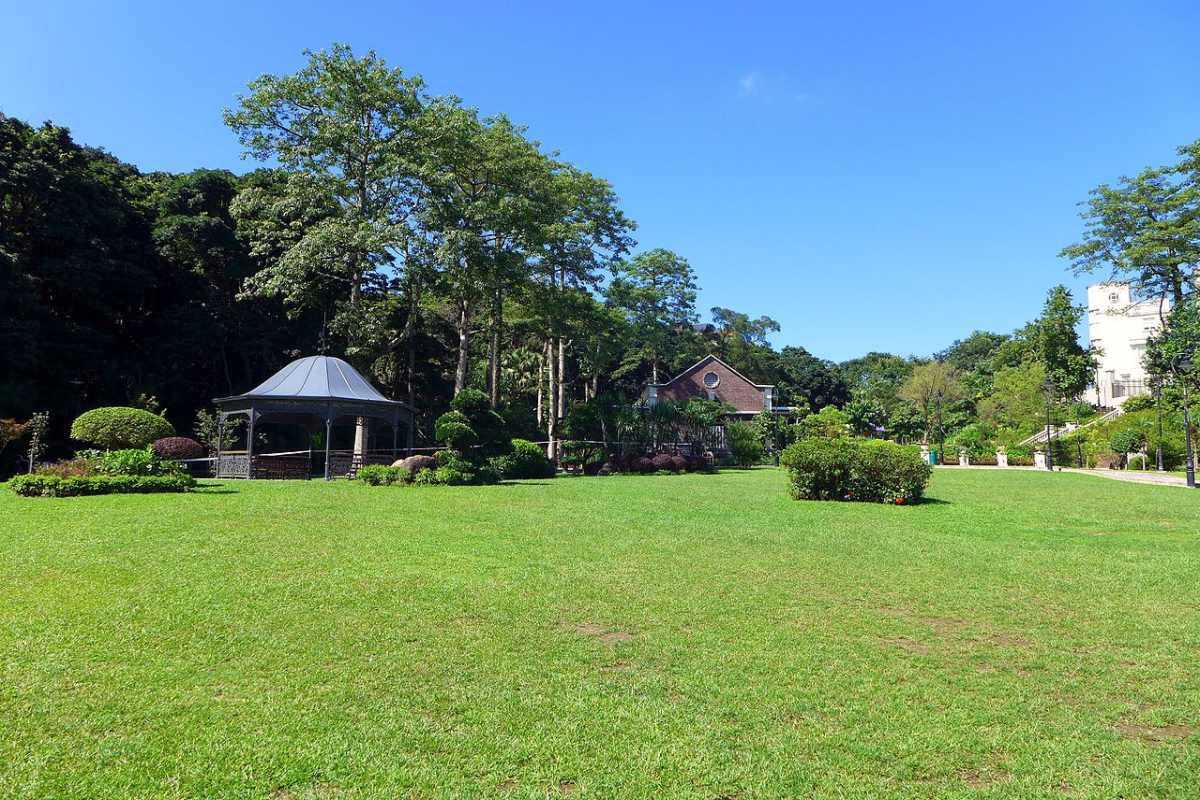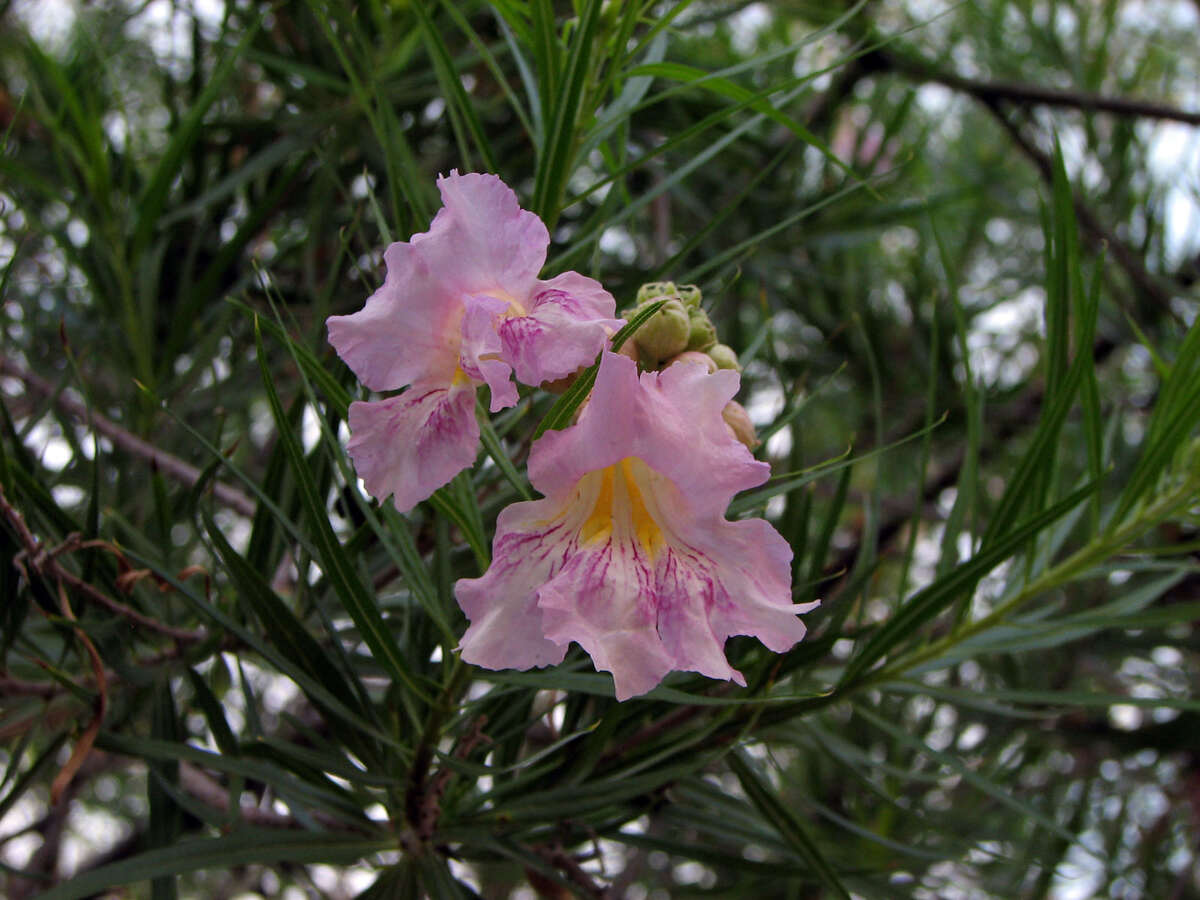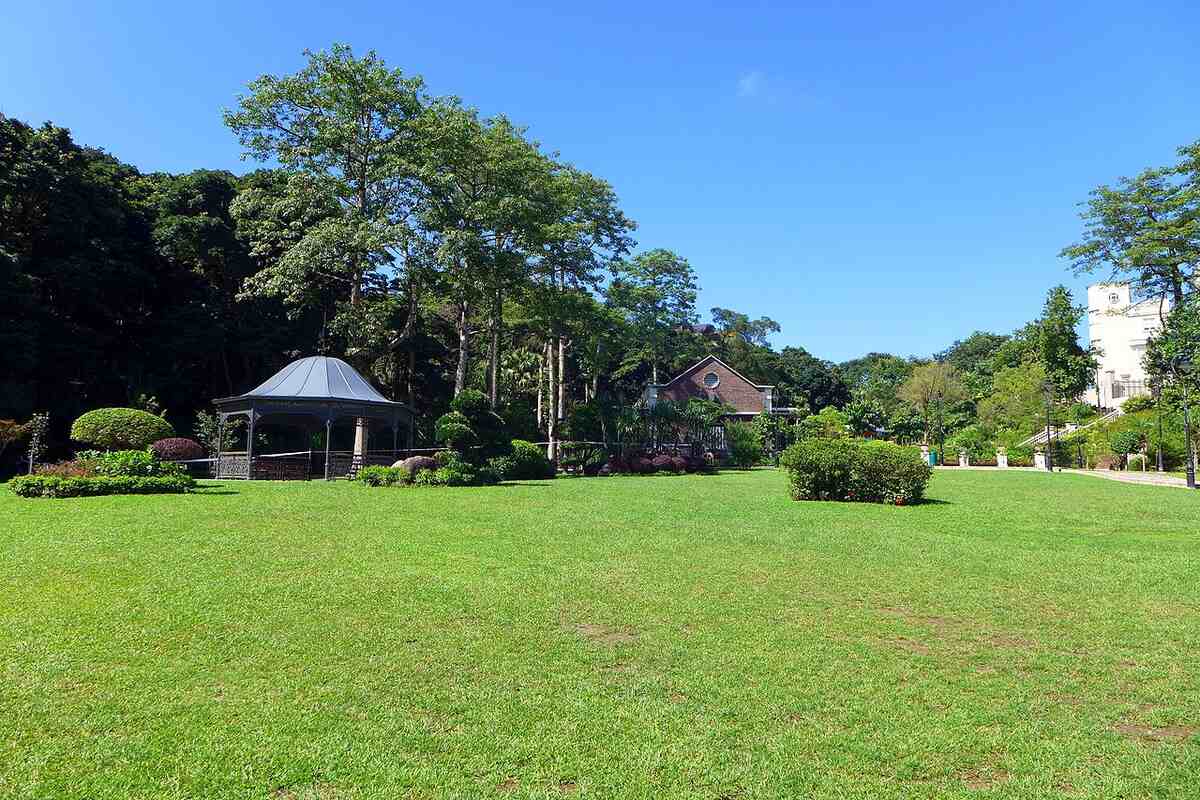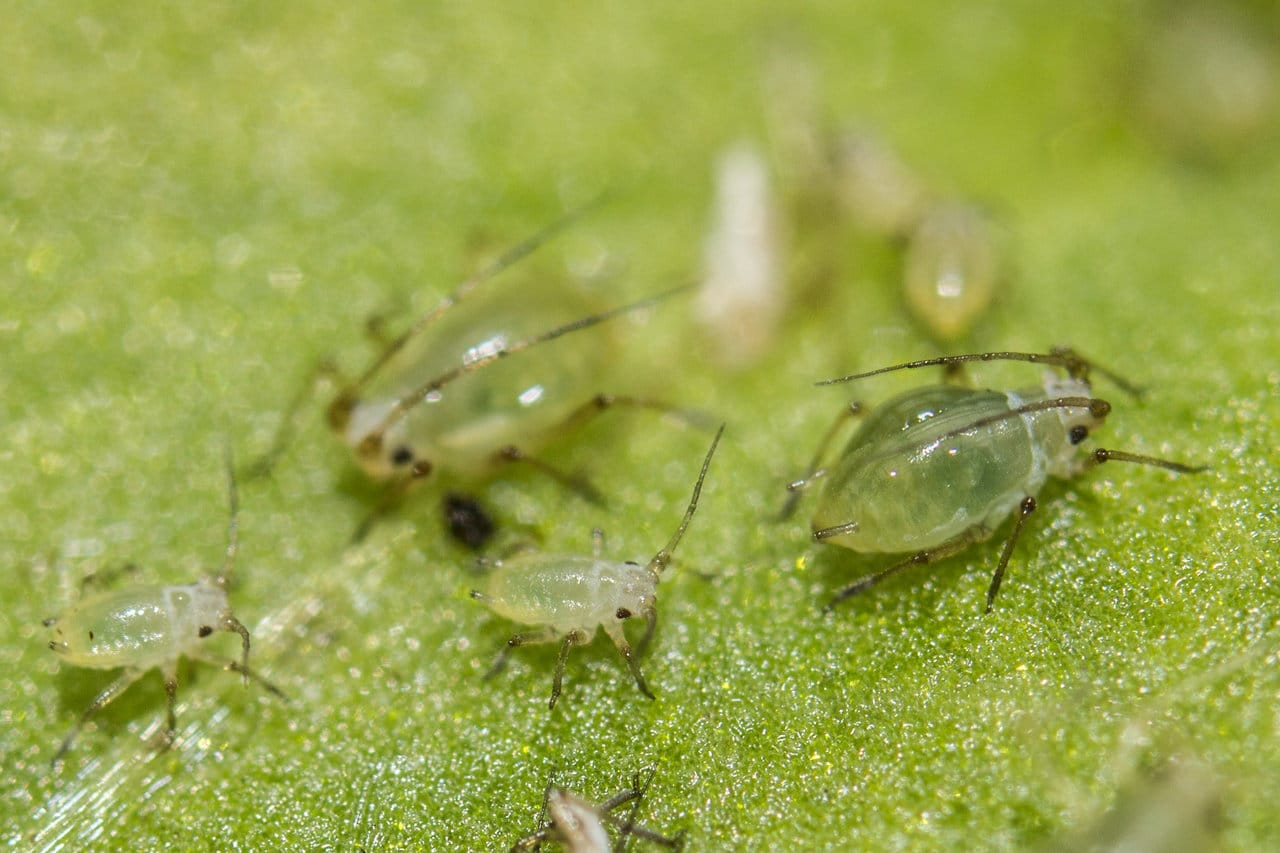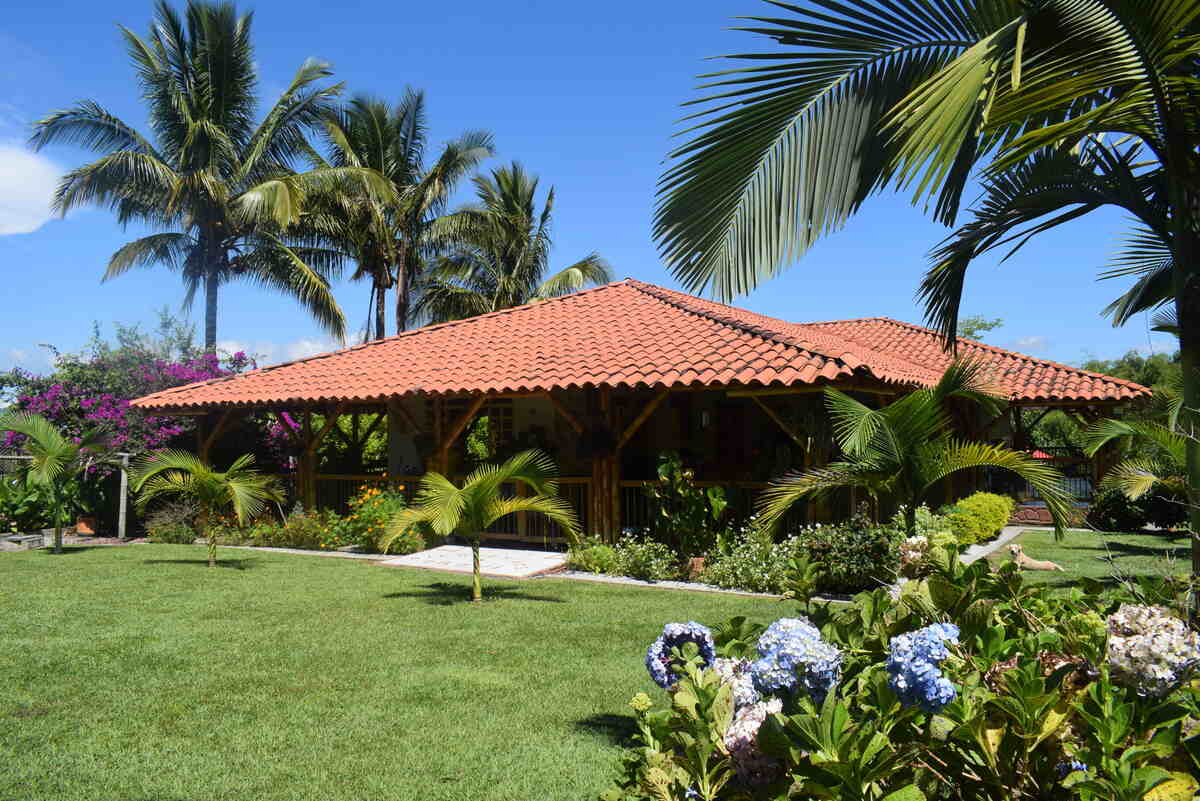
Central Texas has nothing in the way of a tropical beach getaway, but with these tips and ideas on how to landscape with palm trees in Greater Austin, we’re bringing the beach to you.
Texans know that If you live in Central Texas, winters here can get pretty cold, with temperatures dropping as low as 15 degrees. While this may seem warm compared to more northern cities, it’s still too cold for most palm trees to survive.
Greater Austin (Austin, Round Rock, Cedar Park, Georgetown) falls under USDA Hardiness Zone 8b. Austinites are therefore limited to only a few cold-hardy varieties among the 2,500+ palm species worldwide. These include the Texas natives Sabal mexicana and Sabal minor.
Don’t despair just yet, though. You still have plenty of options for incorporating palm trees into your Austin lawn in creative ways. We have five suggestions for how to do just that.
- 1. Beat the Texas Heat with Palm Trees for Shade
- 2. Plant Small Palms in Pots That Come Inside for Winter
- 3. Pair Low-Maintenance Succulents and Palm Trees
- 4. Create a Privacy Hedge of Clumping Palm Trees
- 5. Use a Small Palm as a Focal Point in Your Flower Garden
- FAQ About Landscaping with Palm Trees in Greater Austin
1. Beat the Texas Heat with Palm Trees for Shade

Tall palm trees could be your new best friend if you have a swimming pool, patio, or other outdoor space where you like to hang out during the summer. Their arching fronds create just enough shade to have fun in the sun without burning up.
Palm trees are great for shade near pools or other structures because of their non-invasive roots, which don’t threaten damage to plumbing or pavement. In addition, palm trees shed infrequently (or must be pruned), so you won’t have to clean up leaves whenever you want to use your outdoor living space.
With palm trees for shade, your Austin landscape will have the tropical feel of an island resort on the sunny shores of South Florida.
Central Texas-friendly palms for shade:
- California fan palm (Washingtonia filifera)
- Windmill palm (Trachycarpus fortunei)
- Pindo palm (Butia capitata)
2. Plant Small Palms in Pots That Come Inside for Winter
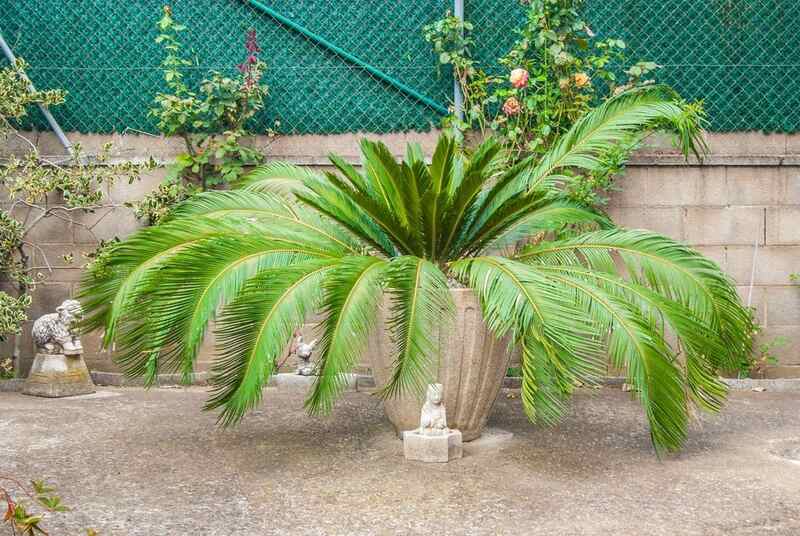
Planting a container garden is a good idea if you want a more comprehensive selection of palms than just the ones that can survive Austin’s winter. You can arrange your small potted palms in your yard however you want. When temperatures start to drop, bring them inside and keep them as houseplants for a few months to protect them from freezing.
With this landscape design, you won’t have to worry as much about a palm variety’s cold-hardiness. Make sure you select a palm that stays small or is a slow grower that would take several years to grow too large for a pot.
Pro Tip: Container gardens are a fantastic landscaping solution for urban homes with no yard or limited space. You can set up your little slice of paradise on a sidewalk, your rooftop, or anywhere else you can fit a few palm trees.
Central Texas-friendly palms to bring inside for winter:
- Pygmy date palm (Phoenix roebelenii)
- Lady palm (Rhapis excelsa)
- Ponytail palm (Beaucarnea recurvata)
3. Pair Low-Maintenance Succulents and Palm Trees
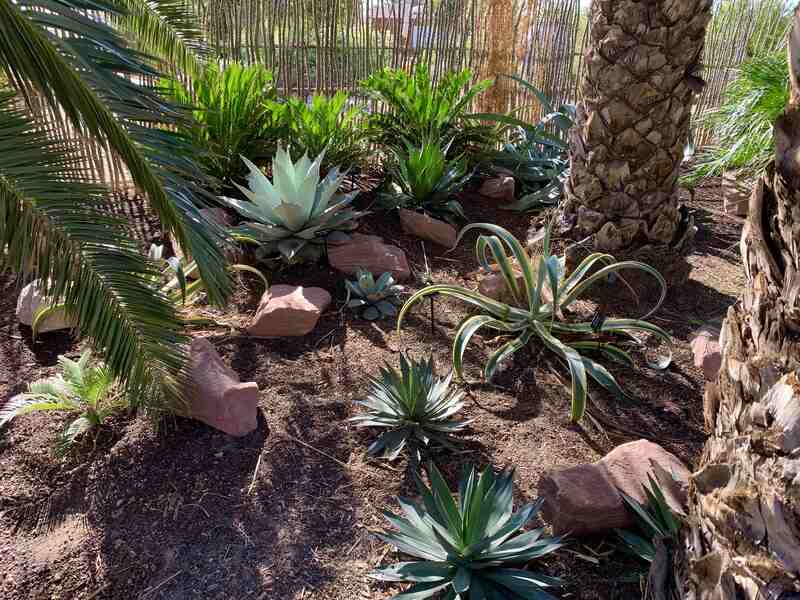
Because they both love full sun, palm trees and succulents are the perfect pair to plant together. Choose a drought-tolerant palm species, and you’ll hardly (if ever) have to worry about watering your garden.
Succulents and palm trees don’t only grow well together. They also make a visually intriguing landscape with contrasting textures. The palm’s feathery fronds offset most succulents’ rigid, angular shapes.
Central Texas-friendly palms that pair well with succulents:
- Sabal palm (Sabal palmetto)
- Mexican palmetto (Sabal mexicana)
- Chilean wine palm (Jubaea chilensis)
4. Create a Privacy Hedge of Clumping Palm Trees
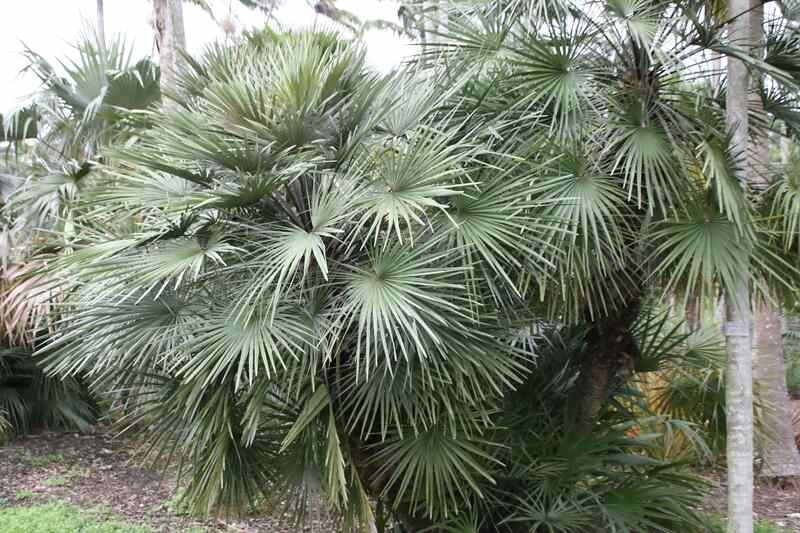
Many clumping species of palm trees are cold-hardy enough to thrive in the Greater Austin area. Clumping varieties like the European fan palm pictured above have multiple trunks instead of the usual single trunk. As a result, their fronds grow as a thick wall that’s perfect for a privacy hedge.
Palm trees are a beautiful living alternative to fencing if you want to keep prying eyes out of your front yard, backyard, swimming pool area, or windows.
Central Texas-friendly palms for privacy hedges:
- Needle palm (Rhapidophyllum hystrix)
- Saw Palmetto (Serenoa repens)
- European fan palm aka Mediterranean fan palm (Chamaerops humilis)
5. Use a Small Palm as a Focal Point in Your Flower Garden
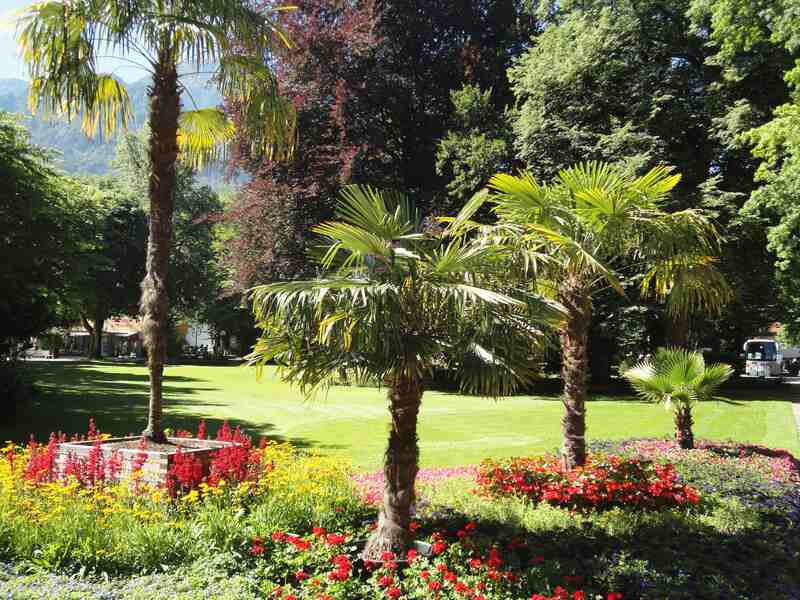
Are you tired of planting the same flowers as everyone else on your block? Give your garden a tropical look with a palm tree centerpiece. Small palm trees really pop when nestled among colorful shrubs and flowers. Try pairing your palm with native Austin plants such as Texas sage, Hill Country penstemon, or Texas red yucca.
Add mulch to your new flower bed to help preserve the soil’s moisture and tie your palm tree together with the other plants as one cohesive feature.
Central Texas-friendly palms that are small and work as a focal point:
- Mazari palm (Nannorrhops ritchiana)
- Dwarf palmetto (Sabal minor)
- Sago palm (Cycas revoluta) (actually a cycad, not a true palm)
Note: Sago palm may grow in Zone 8b with protection from winter winds and frost. Hardy down to Zone 9 without winter protection.
FAQ About Landscaping with Palm Trees in Greater Austin
If the palm leaves begin to droop and/or turn yellow, your palm tree is in trouble. But if there’s still green on the tree, no matter how little, it’s not dead yet and still has a fighting chance.
To keep your palm tree healthy, ensure it’s planted in the right kind of soil, that it’s getting enough (but not too much) water, and that the level of sun exposure is appropriate for that species. You should also check your tree for pests regularly.
If you buy a fledgling palm tree (usually in a 3-gallon pot), you’ll pay anywhere from $20 to $50. Purchasing a young tree is an easy way to save money, but remember that palm trees are slow growers. You’ll have to drop some bigger bucks if you don’t want to wait a few years for your tree to mature.
The height of their trunk often prices mature palm trees. Tall palms (about 10-20 feet in this zone) typically cost around $1,000, depending on the species. Mature small palms run at about $100.
Starting in the spring, you can place your potted palm trees outside. Check to be sure there is no chance of freezing before taking them out. Bring them inside if the nighttime temperature drops to 50 to 55 degrees.
Yes. It’s recommended to fertilize palm trees four times a year, but wait until new palms have established themselves and show signs of new growth before applying fertilizer the first time.
When to Hire a Landscaping Professional
If none of these palm tree-centered landscape design ideas seems like the right fit for your home, enlist the help of a professional landscaper in the Austin area. A pro can map out a personalized landscape suited to your property and needs.
Professional landscapers can also help you select the correct type of palm tree. Many local nurseries stock species of palms that won’t survive in Austin, and a pro can help you weed out those varieties.
Next time you feel the urge for a getaway, don’t book a hotel. Grab a bite from your favorite food truck, pour your favorite frosty drink, and experience paradise just outside your door, thanks to the presence of palm trees around the Greater Austin area.
Main Image Credit: Pxfuel
